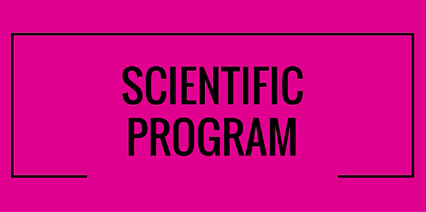
Aisha Bibi* and Yao He
Soochow University, China
Title: Label-free rapid silicon nanotechnology strategy for SERS detection of glycans on live cells
Biography
Biography: Aisha Bibi* and Yao He
Abstract
Basically, glycan beautifies all mammalian cell surfaces through glycosylation. Glycan is one of the most important post-modiï¬cations of proteins. Glycans on cell surfaces facilitate a wide variety of biological processes, including cell growth and differentiation, cell-cell communication, immune response, intracellular signaling events and host-pathogen interactions. High-performance optical sensors are very important for rapid, sensitive and precise detection of chemical and biological species for various fields, including biomedical diagnosis, drug screening, food safety, environmental protection etc. To explore the novel kinds of sensors with low cost, portability, sufficient sensitivity, high specificity, excellent reproducibility, and multiplexing detection capability still remain in high demand. Therefore, a significant advancement of silicon nanotechnology, functional silicon nanomaterials/nanohybrids (e.g., fluorescent silicon nanoparticles, gold/silver nanoparticles-decorated silicon nanowires or silicon wafer, etc) featuring unique optical properties have been intensively employed for the design of high-quality fluorescent and surface-enhanced Raman scattering (SERS) biosensors. Therefore, currently exists increasing concerns on the development of a kind of high-performance SERS platform, which is suitable for glycan expression of different cell lines and as well as used for the sensitive detection of glycans on live cells. Herein, we introduce the possibility of silicon-based probe for biomolecules of interest in the vicinity of cells using SERS.

